Similar to every mechanical component, bike rotors wear and they require careful inspection. It’s not a light issue that you can put on the back burner and move on. Many drivers choose to remain clueless until its importance is made painfully clear to them.
Inspecting a bike rotor refers to checking its thickness. If it’s below the minimum specification, then it’s urgent to replace it. That’s why learning to measure rotor thickness can come in handy.
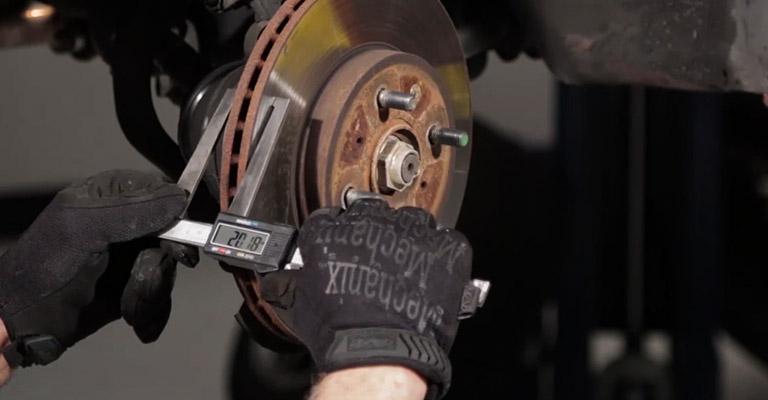
How to Measure Rotor Thickness
Measuring the thickness of the rotor is pretty simple. Here in the following section, we’ve improvised some systematic guidelines that will help you determine the condition of your brake rotor and you’ll know what to do next.
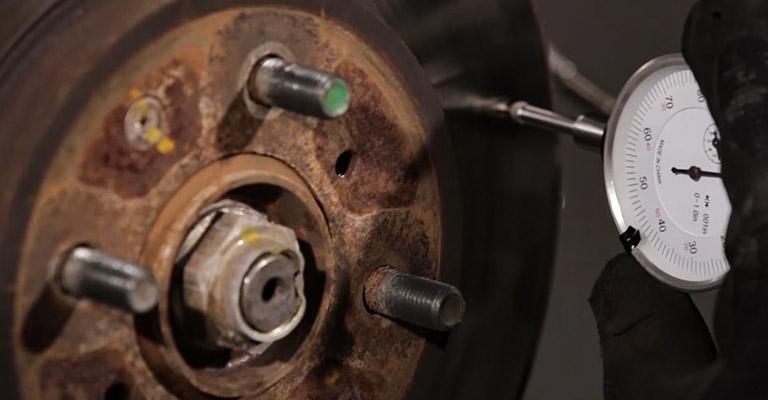
Step 1: Secure Your Bike and Loosen the Brake Caliper
Firstly, raise your bike and secure it. Unburden the wheel you’re going to work on. You can do this by fitting your bike with a center stand or paddock stand. Using a hand brake tool, loosen the brake caliper and release it from the mount.
You can secure the brake caliper to a part of your motorbike by using a wire so that it doesn’t get in your way while removing the wheel.
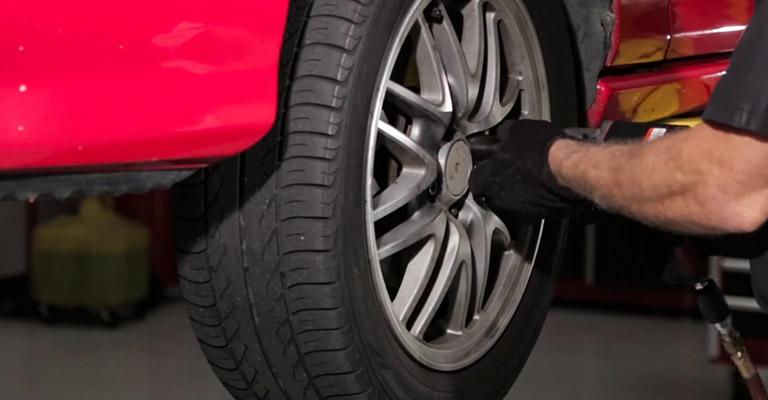
Step 2: Pull the Wheel Out and Undo the Bolts
Remove the wheel by completely loosening the wheel axle and take it out from the front or rear swing arm of the bike.
Place the wheel on a surface and undo the binding bolts. Although this task can be a bit tricky, yet you can do it yourself. Use a good quality hand tool such as the hexagon socket screw to ensure a secure grip while inserting the socket as deep as possible.
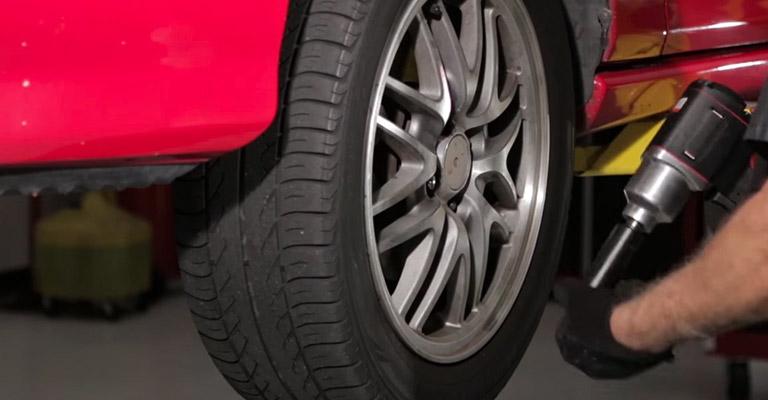
Step 3: Take the Brake Disk Out and Check for Damage
After taking the brake disc out if the hub, inspect whether the disc has any unevenness or damage that may have been caused by friction metal or metal linings. If you see any such issue, clean the surface thoroughly and try to eliminate the unevenness.
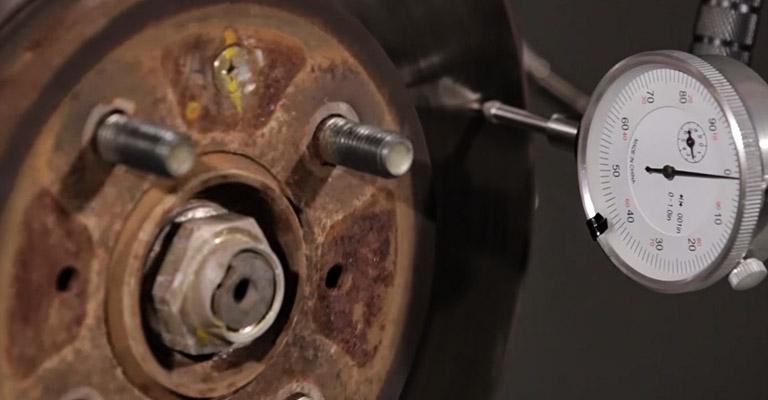
Step 4: Use a Micrometer
Take a micrometer and measure the thickness of the brake rotor by securing the micrometer 10mm inside the outer circumference of the disc. Avoid the edge because brake pads don’t stay in contact with the edges and so they tend to be thick. The inside part of the disc stays in contact with the pads. As the rotor surface is uneven due to wear, measure the thickness in every 45°.
Take the minimum thickness value and compare it to the minimum rotor thickness that’s usually stamped on the rotor disc. Anything below that standard value means your rotor needs to be replaced.
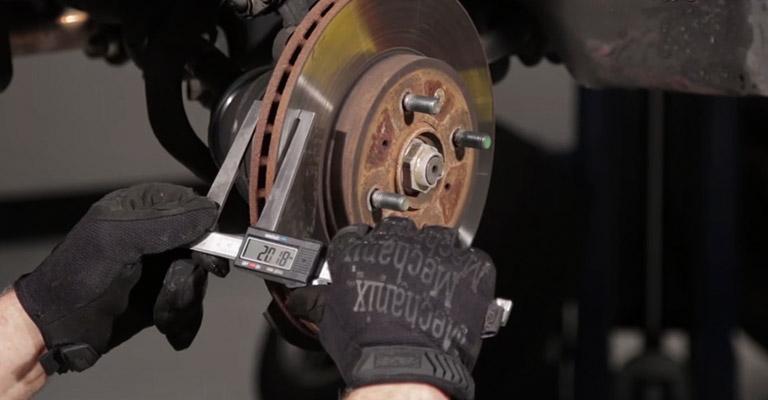
Alternative Method | Measuring by Slide Calipers
You can also measure the thickness of the rotor by making use of two coins and slide calipers. Place the two coins to the two sides of the rotor and measure the total thickness. Then separately measure the thickness of the two coins combined. Finally, subtract the coin thickness from the total thickness and you’ll get rotor thickness.
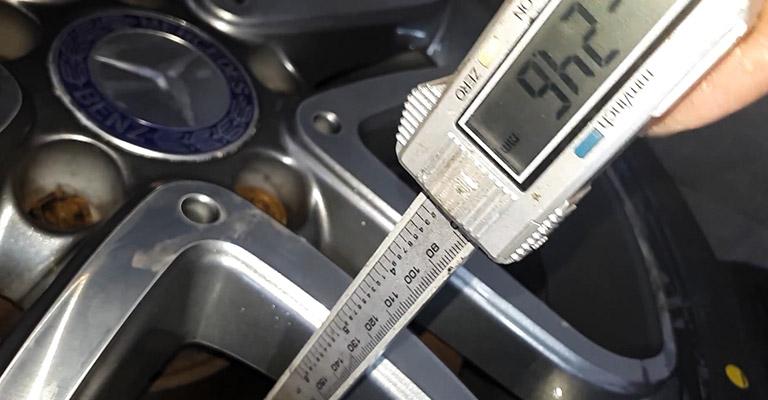
Frequently Asked Questions
Q: When should I check my rotor thickness?
Ans: In numbers, you should check your rotor in every 10,000 miles. Other indications involve your brake being squeaky suddenly and more often your brake padel flutters upon stepping on it.
Q: What is the range of the minimum thickness value of motorbike brake rotors?
Ans: The minimum value of motorbike brake rotor thickness usually ranges from 3.5mm to 5mm. The stamped thickness value on the rotor is the standard one for your bike.
Q: How long does a rotor typically last?
Ans: The lifespan of a rotor generally depends on how frequently you drive and your maintenance. But typically a rotor can last from 30,000 miles up to 60,000 miles. If you’re an average driver, the rotor can last around 2 years.
Epilogue
As you can already assume, measuring the thickness of your bike rotor is something you can do yourself effortlessly. The steps discussed are fairly easy and can be executed in a short amount of time. Given the safety issues, knowing the thickness of the rotor is of crying importance. All you have to do is follow the steps carefully and you’ll be good to go.
Also read-How to Measure Rotor Size?
